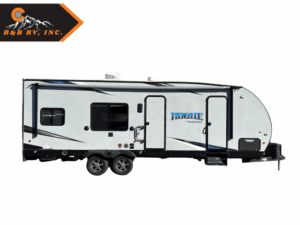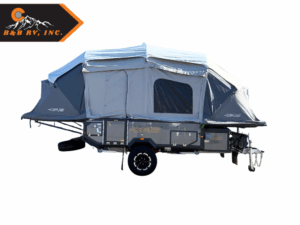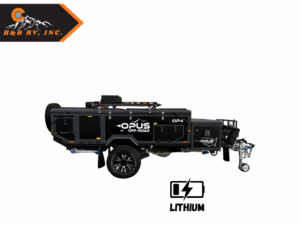Last Updated on September 17, 2020
Trying to learn how to quiet a generator?
Learn 8 great tips that will each lower the decibel level of a noisy generator.
Generators can be an absolutely essential part of camping out of your travel trailer or RV.
Whether you use your generator for smaller things such as charging your cell phone or something larger like powering appliances, they can come in very handy while enjoying the great outdoors.
The downside of using a generator to include these creature comforts on your camping trip is, of course, the noise it makes.
If you’ve ever wondered ‘how to quiet a generator‘ then you’re in the right place. We’re going to break down the top 8 tips for how to quiet a generator so you can have a more peaceful camping trip without losing out on the essentials.
Browse any of these top tips to learn how to quiet a generator by clicking on the below links:
1. Purchase a Generator That Fits Your Needs
Something to keep in mind even before you purchase a generator is to know what your power needs are. If you know what you’re power needs are before buying, then you may avoid the noisy generator situation altogether.
It’s pretty simple. The more power your generator can put out, the more noise it’s going to make. You should weigh the amount of power you need, the amount of noise you’re okay with, and how much you’re willing to spend on a generator.
Some people only require enough electricity while camping to charge their phones, tablets, and essentials. If you’re only looking to power smaller devices like this, then you can get away with a smaller and less powerful generator. Generators that put out a few hundred watts can handle these smaller tasks.
If you’re looking to power larger appliances like your camper’s refrigerator, microwave, or A/C unit, then you’ll need a generator with a higher wattage output. Generators that can handle these larger items have an output of 2,000 – 5,000 watts.
Some generators are specifically designed to have a higher wattage output while being quieter than other models. These generators are generally more expensive due to having the best of both worlds.
2. Face The Exhaust Pipes Up or Away From You
The first thing to keep in mind when you use your generator while camping, is the position of the generator itself. In particular the exhaust end of the generator. You should always place this side of the generator facing away from your campsite.
With some models of generators, it’s also possible to point the exhaust pipes upward toward the sky.
Either of these positions will direct the noise created directly from the exhaust away from you.
3. Move Your Generator Further Away
The next thing to keep in mind when you’re considering how to quiet a generator is the distance you place it from your campsite. This is one of the most important factors in making sure your campsite stays quieter while using a generator.
Now the distance that you’re able to place your generator from your campsite, will depend on a few different factors. Whether you’re camping on a campground with specific campsites or on open land while boondocking is the first thing to consider.
For example, if you’re camping at a campground that offers smaller sized camping spots, then obviously you need to keep your neighbors in mind. You don’t want to bother your fellow campers with the noise from your generator by placing it closer to their campsite.
If you’re camping in a place with no other people around then the biggest factor to consider is the length of your extension cords and how much you like to walk. The further away you place your generator from your campsite, the quieter it’s going to get.
Most generator brands will show what the decibel rating of that particular model is. These decibel ratings are measured at about 7 meters out from the operating generator in most cases. So a good rule of thumb is to keep your generator at least 20 feet away from your campsite if you want to operate in that decibel range.
If you have the space and lack of camping neighbors then investing in some heavy-duty extra-long extension cords will allow you to place your generator as far away as you’d like.
By keeping your generator at least 20 or more feet away from your campsite, you can vastly cut down on the noise and focus on enjoying the outdoors.
4. Place The Generator On a Soft Surface
Another important factor to consider when figuring out how to quiet a generator is the surface that you leave it on while it’s running. Once you’ve found a good distance to place your generator, you need to make sure to place it on a surface that will dampen the noise instead of amplifying it.
It’s best that you avoid all hard surfaces. So don’t place the generator on concrete, wood, or asphalt as these surfaces will only increase the noise.
Usually, if you’re camping, the best and only options to set your generator on are simply dirt or grass. These are both great solutions as a surface to place your generator on. Both of these will absorb and dampen the sound created from the rumbling generator.
Say you’re in a situation where you don’t have softer ground to place your generator on. Anti-vibration mats are a great solution here. Anti-vibration mats are generally made of rubber and help to soften the vibration and noise that comes from household appliances.
You can place one of these mats underneath your generator and it will help to quiet the noise caused by the vibrations.
5. Use Sound Deflectors To Quiet Your Generator
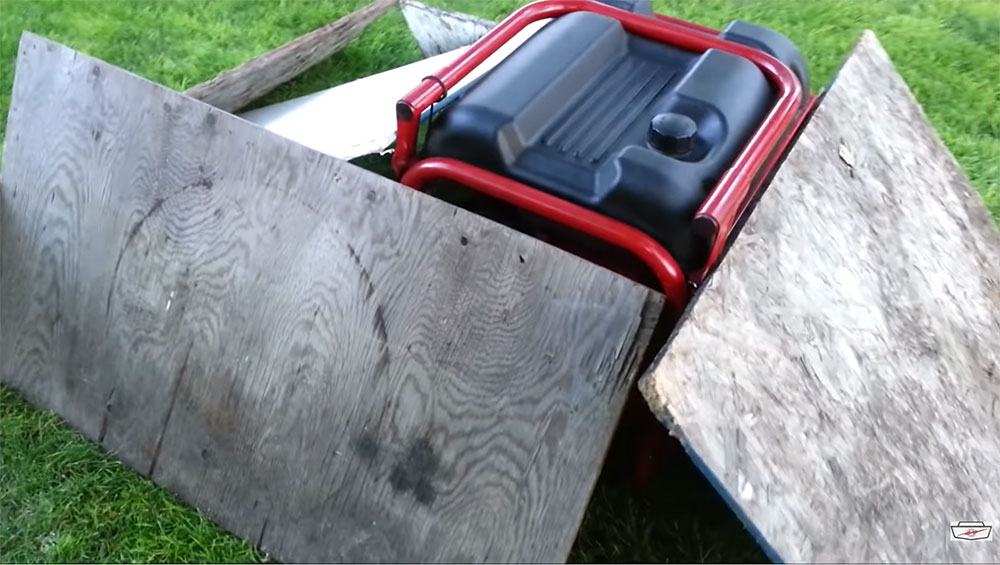
photo credit: sixtyfiveford
Now that you have your generator placed on a soft surface, far away from your campsite, the next best thing you can do to quiet it further is to use sound deflectors.
While it sounds technical this is actually a very simple thing to execute. It can go a long away if you’re trying to understand how to quiet a generator as much as possible.
The only things you’ll need are 4 sheets of plywood and a sheet of non-flammable material. Drywall is a good material for this as it is relatively fire-resistant. Each of the pieces should be around 4 feet wide and 3 feet tall.
You can prop each of these pieces up against the generator at specific angles. Be sure to use the piece of drywall for the side of the generator that houses the exhaust. You don’t want your deflectors catching fire!
Take a look at the above image, to get a better visual idea of how you should prop these woods sheets around your generator.
By placing these pieces of wood around the generator at an angle, you leave room for airflow while deflecting the sound waves down into the earth. You can immediately lower the decibels that your generator is putting out without affecting performance in a negative way.
For a full walkthrough on how to place these deflectors to quiet a generator, check out this video.
6. Build An Acoustic Enclosure or Baffle Box
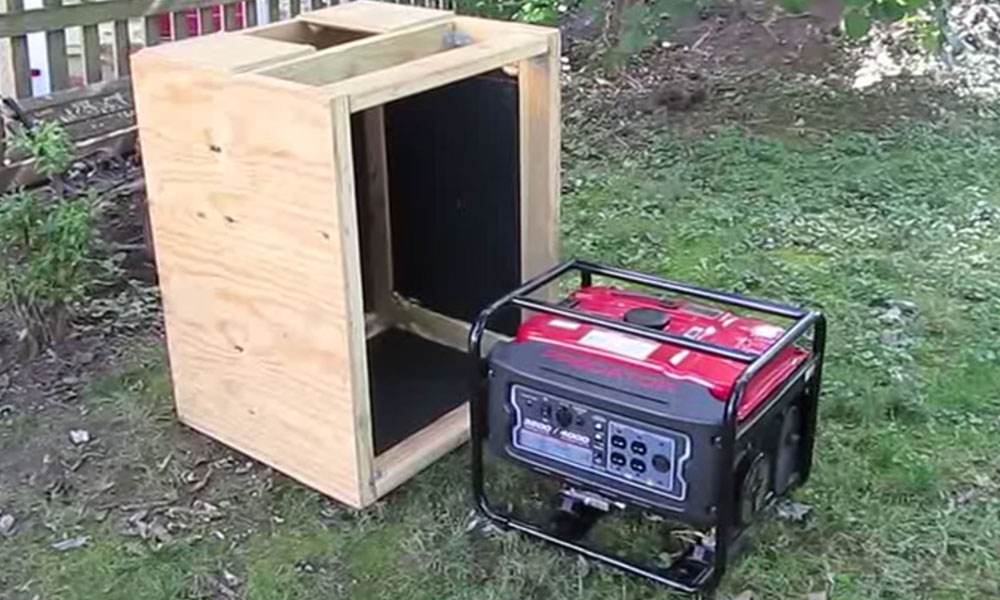
photo credit: Zach Bier
Another idea similar to creating deflectors is to build an acoustic enclosure or baffle box.
The reason this solution works is the same reason that deflectors work well. The enclosure will contain the sound waves and drastically lower the noise decibels coming from the generator.
The best part about an acoustic enclosure or baffle box is that it’s much more compact then lugging around 5 panels of plywood in your trailer or RV. The other nice thing is that you can purchase a baffle box or simply make your own.
How To Build a Baffle Box To Quiet a Generator
If you do decide to build your own baffle box, it’s a fairly easy process. To build a baffle box you’ll only need a few things:
- Wood 2×4’s
- L-brackets
- Quiet board
- Foam sealer
Check out this video for a quick walkthrough:
Something to keep in mind if you do plan on using a homemade baffle box is that you need to include holes for airflow.
This is very important because if there isn’t significant airflow in the baffle box enclosure, the heat will damage the generator. Cut holes in the side of the box where the generator’s exhaust is located.
7. Replace Your Generator’s Muffler
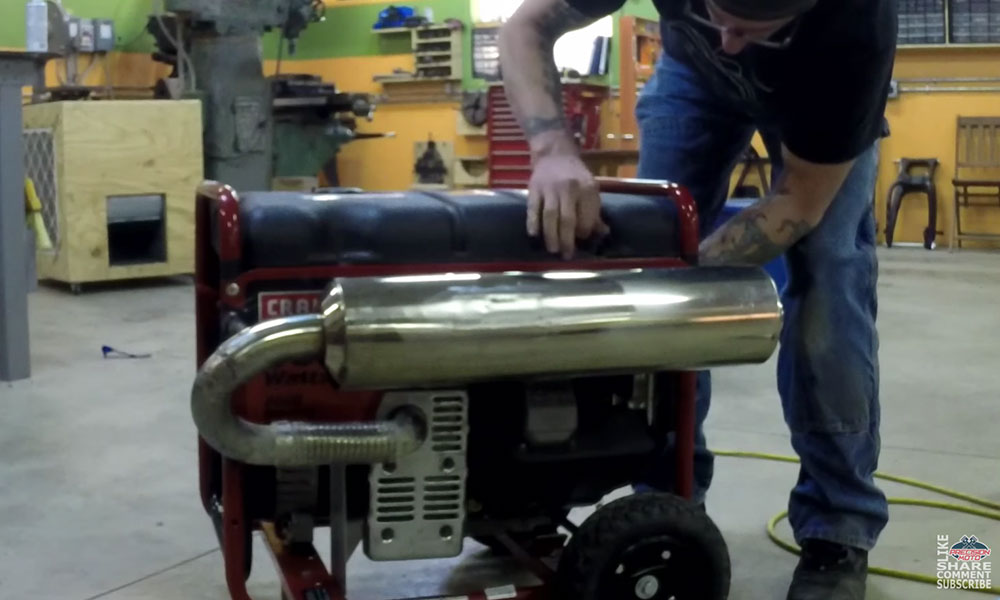
photo credit: Precision Moto
One of the most popular strategies people use to quiet a generator is to install a larger replacement muffler. A muffler’s job is to, you guessed it, muffle the sound coming out of the exhaust pipes attached to the motor of the generator.
Inside the muffler are perforated tubes that are designed to deflect the sound waves from the engine to lower the noise that eventually exits the exhaust pipe(s).
The exhaust pipes are one of the loudest parts on the generator, second only to the engine itself. By improving the quality of the muffler, you can expect to quiet down the generator around 10-12 decibels.
Finding A Muffler That Fits Your Generator
Keep in mind that while replacing the muffler on your car or truck may be easy, finding a muffler that will fit your generator may be difficult. This is because there are so many types of generators with different sized exhaust pipes on the market.
Finding a specific muffler that will fit your generator out of the box most likely won’t be an option.
Your best option is to speak with a specialized mechanic or small engines repairman. They’ll have a better idea of what choices you have in replacing your generator’s muffler.
You’ll most likely need a customized solution to fit an after-market generator with a muffler. To get an idea of what this may look like, check out the video below.
8. Use Water As Your Generator Muffler
If going to the work of installing a replacement muffler sounds like too much you can try water instead. There is still a bit of customization that you’ll need to do for this.
All you’ll need for this are a 5-gallon bucket of water, a hose, and clamp to secure the hose to the exhaust pipe. Be sure to place the generator at higher ground than the bucket of water.
You don’t want the water flowing backward into your generator’s exhaust pipe. You can also poke a few small holes in the hose if you want to be extra careful to not allow a backflow of water.
The setup is fairly simple. Connect the hose to the exhaust pipe using your clamp. Then place the other side of the hose into the bucket of water. The water will act a muffler to the exhaust noise coming from the generator.
By using this water muffler method, you can expect to quiet down the generator around 5-7 decibels.
How To Quiet a Generator Conclusion
By combining each of these 8 tips on how to quiet a generator, you can really lower the overall noise level of your generator and by extension your camping site.
After all, isn’t the point of camping to get away from the city noise and appreciate the great outdoors?
We hope that this article will help you in keeping your camping spot a bit more peaceful. Happy camping!
Let us know what you thought of this guide by leaving a comment or a star rating below.

